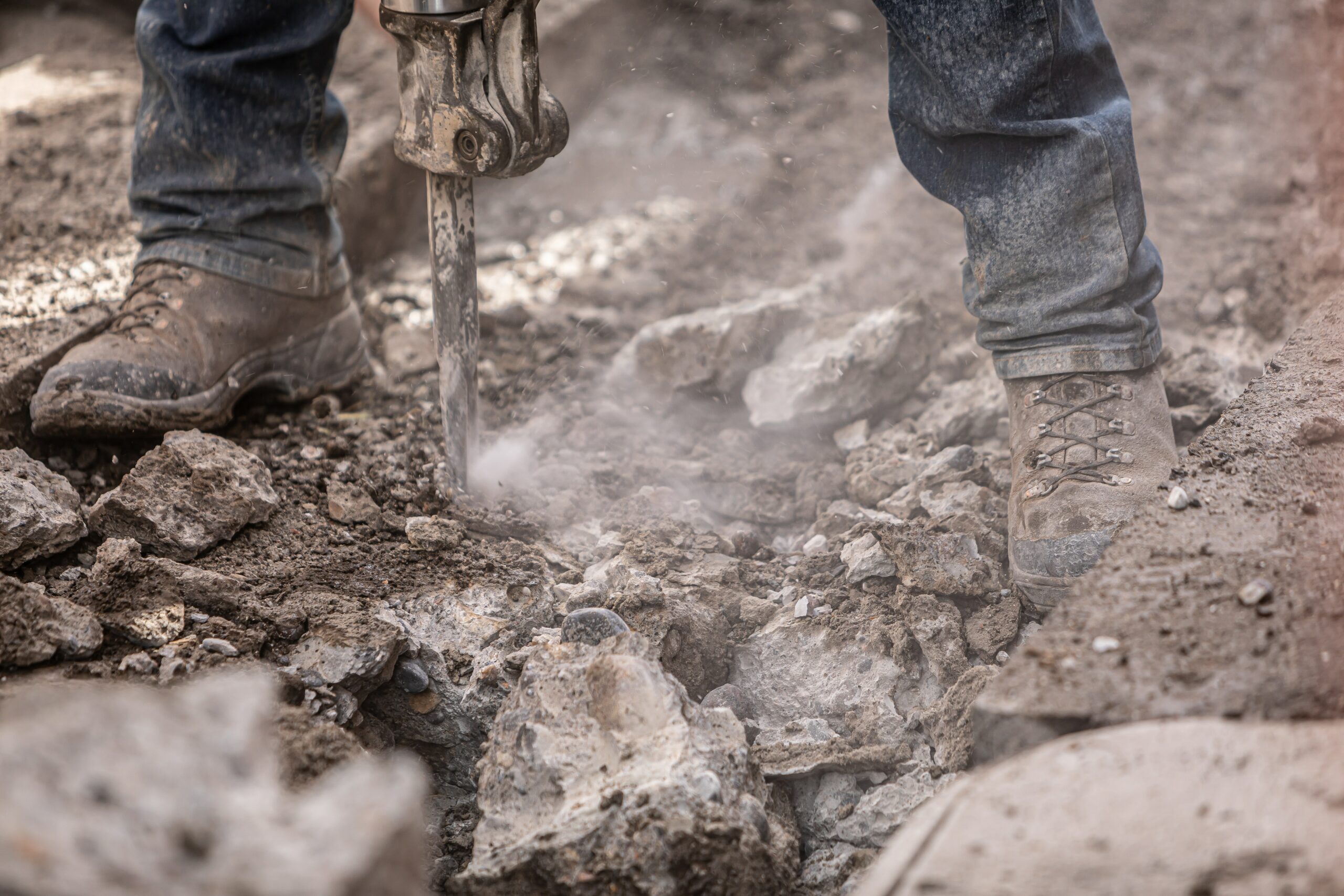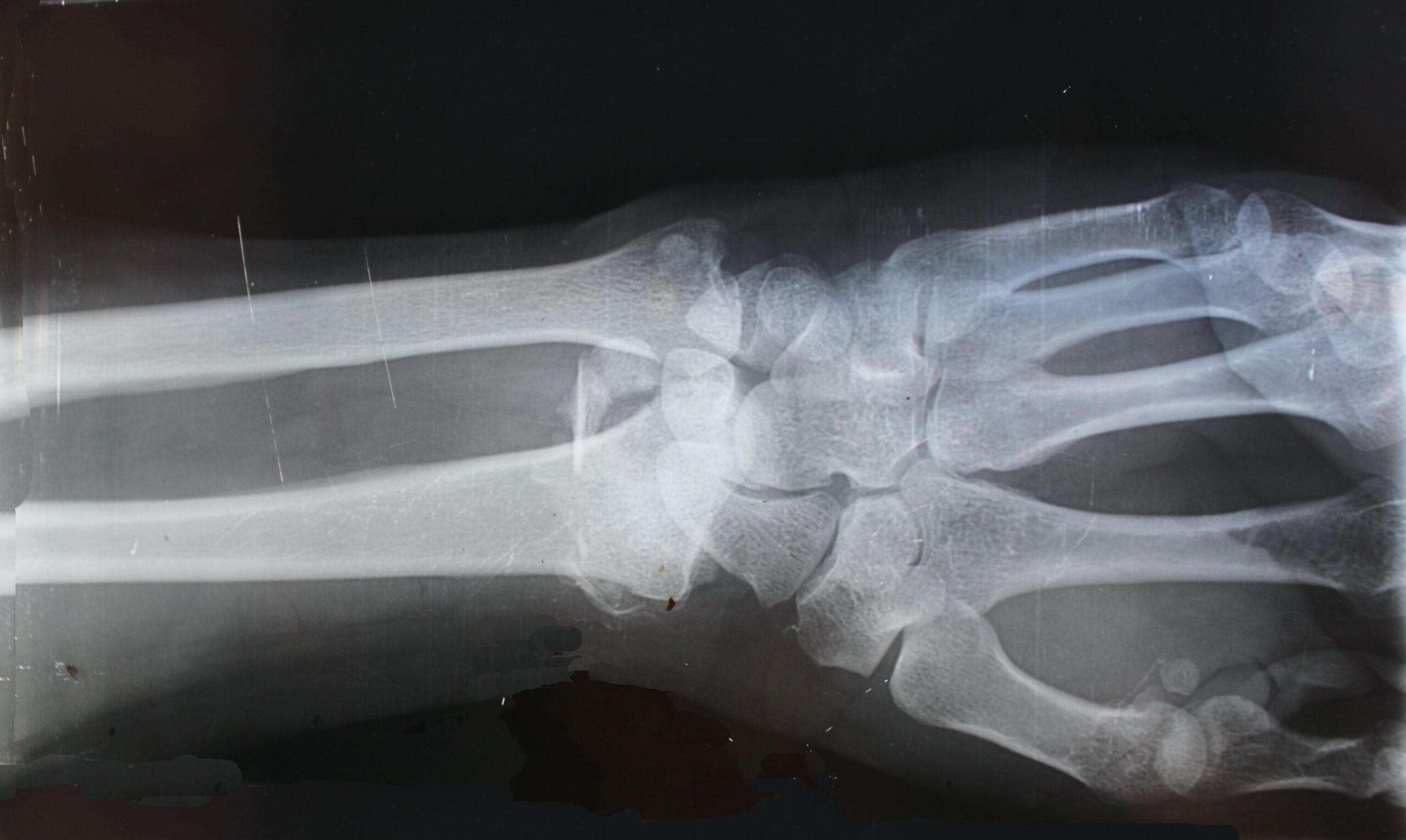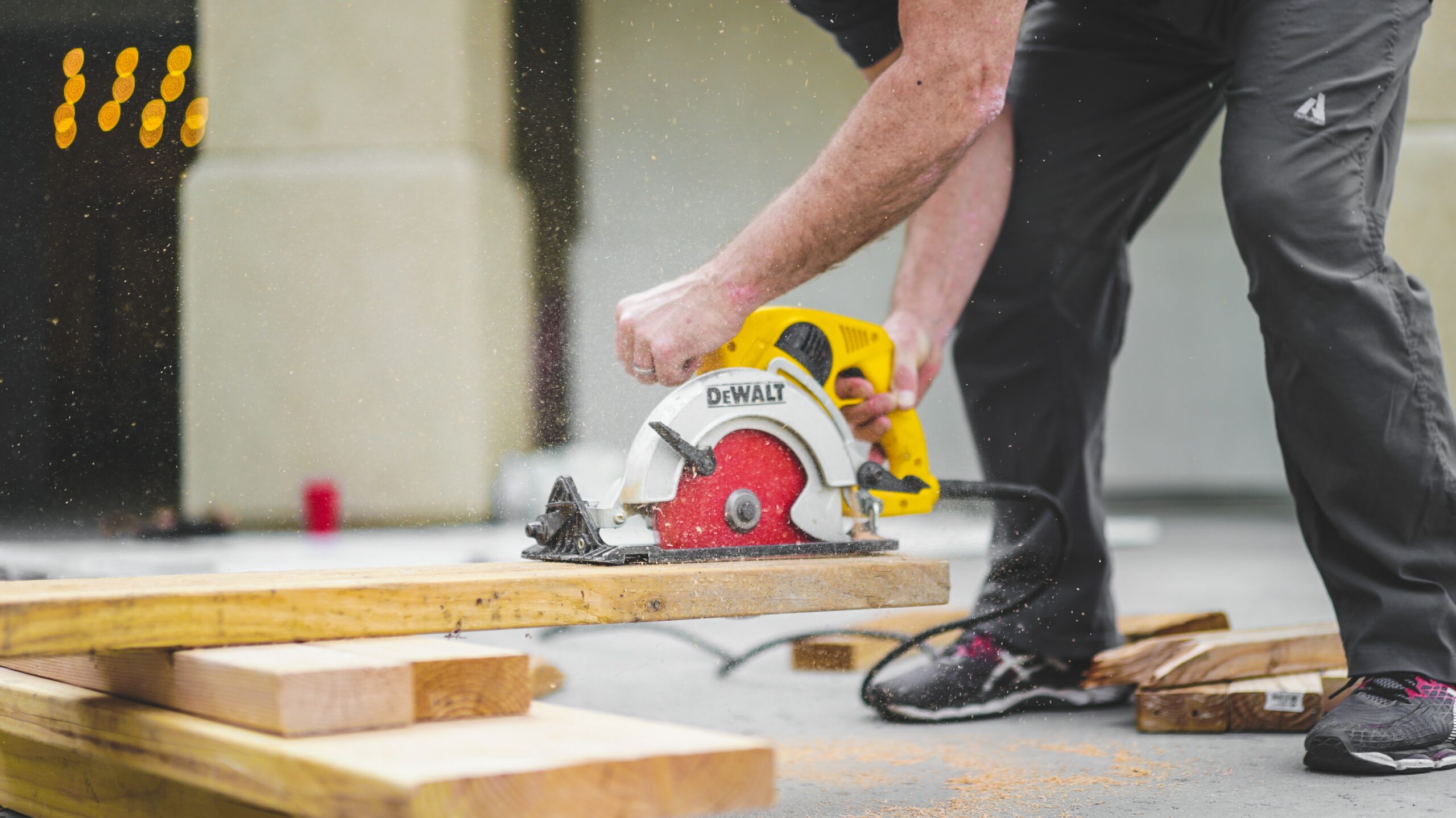Manual Handling In Construction

The nature of the construction industry means that lifting and moving heavy objects is part of the job and, therefore, manual handling hazards in construction are unavoidable. Any kind of manual handling task comes with risks and any industry or specific job role that requires manual handling must have a robust risk assessment in place to reduce these risks.
While health and safety law around manual handling has always been very thorough, the Health and Safety Executive (HSE) has recently taken further steps to mitigate risks and protect construction workers. With manual handling in construction, loads can be much greater and the environment much more hazardous. This article will explain the specific manual handling hazards in construction and the guidance set out by HSE.
What Is Manual Handling In Construction?

The Manual Handling Operations Regulations 1992 states that manual handling in construction pertains to the transportation or support of a load using bodily force alone or with help from hand-held equipment. This doesn’t only mean large or heavy objects, but also smaller items such as machinery or tools. Typically, heavy lifting in construction will usually refer to one of the following activities:
- Lifting
- Lowering
- Pushing
- Pulling
- Carrying
Manual handling is a common risk in many industries, such as warehousing or healthcare. However, the loads and repetitive movements associated with construction manual handling can lead to serious injuries or long-term musculoskeletal injuries in construction workers.
Common Manual Handling Hazards In Construction
While manual handling-related injuries are not just limited to construction sites, the specific tasks expected of construction workers do come with some increased risks. Examples of manual handling hazards in construction include:
1. Heavy Loads
Construction materials can be very heavy, as can construction equipment and tools. Heavy lifting and poor technique could cause musculoskeletal injuries and, in particular, back injuries.
2. Posture
Muscle and joint strains can occur when construction workers have to adapt their posture to manage awkward items. Repeatedly performing such tasks without improving posture could lead to neck pain and ongoing problems.
3. Repetition
Heavy lifting in construction, when done repeatedly, can lead to overuse of muscles and bones. This can affect knee and elbow joints, cause lower back pain or shoulder injuries.
4. Uneven surfaces
There is an increased risk of trips and falls due to uneven terrain on construction sites. These could be serious falls which might even result in fatalities or more minor accidents which would still require time off work, resulting in potential project delays.
5. Limited space
The busy environment of a construction site can mean space is more limited, making it harder to manoeuvre and handle loads safely. Anything from cuts to crushing injuries can occur as a result of manual handling not being correctly managed in restricted spaces.
6. Equipment faults
If equipment isn’t properly maintained and therefore not working efficiently, it can put added strain on those performing any heavy lifting in construction. Equipment, such as pallet trucks and forklifts, should be correctly maintained to reduce the need for physical exertion by construction site operatives.
7. Communication
Inadequate training, failure to go through the risk assessment or not informing workers about safe systems of work can result in manual handling tasks not being carried out safely. Ineffective communication can therefore go on to cause any of the related manual handling risks or injuries.
8. Overexertion
Attempting to lift objects without enough assistance or trying to lift loads that are too heavy can lead to musculoskeletal injuries in construction settings. Strains, sprains and hand injuries are some of the more treatable injuries but some musculoskeletal conditions, especially back problems, can be life long.
Musculoskeletal Injuries In Construction Workers

Musculoskeletal injuries in construction employees are the most prevalent risks and can have long-term health implications. Musculoskeletal disorders affect the muscles, bones, tendons, ligaments, and other parts of the musculoskeletal system. They can cause pain, inflammation, stiffness, and limited mobility. Musculoskeletal injuries can go on to cause prolonged disorders, including arthritis, osteoporosis, back pain, carpal tunnel syndrome, and tendonitis.
Poor posture, repetitive motions, and muscle and joint overuse can all contribute to musculoskeletal injuries in construction workers. The requirement for manual handling in construction means these risks are more common, with HSE finding that construction workers have statistically higher rates of musculoskeletal disorders than other occupations as a result of their role. Musculoskeletal disorders can stop workers from performing their duties or, in the worst cases, lead to problems walking, standing, or even sitting down.
This is why there need to be thorough health and safety measures in place for construction workers that include a focus on manual handling. Construction sites, when managed effectively, can be safe places to work but, with the impact of musculoskeletal injuries being potentially very serious, it’s important to double down on health and safety in construction.
Risk Assessments For Manual Handling Hazards In Construction

In order to keep workers safe when they are carrying out manual handling, construction sites should have a detailed health and safety risk assessment in place. This risk assessment will include a list of the potential risks and ways in which they can be reduced or, if they cannot be reduced, how they can be controlled. It should also include method statements that set out exactly how a particular task should be done safely.
Examples of control measures for construction manual handling include:
- Using mechanical equipment for heavy lifting in construction
- Using all-terrain pallet trucks for uneven surfaces
- Breaking loads into smaller weights
- Having multiple people to lift and carry loads
- Providing proper training on correct posture and form
- Rotating tasks to minimise repetition and overexertion
- Taking regular breaks
As well as detailing the necessary measures to reduce risk, protect employees and prevent musculoskeletal disorders in construction workers, a risk assessment needs to be regularly monitored and reviewed. It should also include emergency procedures in case an accident happens, and it needs to be accessible and communicated to employees.
Risk Assessments From Rhino Safety
With manual handling hazards in construction, it’s essential to make sure your construction site complies with all current legislation and is thorough enough to really protect your workers. Musculoskeletal disorders in construction operatives may not be obvious until some time later, so it’s crucial to take effective measures now to prevent problems later in life.
Using health and safety experts ensures that every area of health and safety is covered. The margin for error is greatly reduced when you have your risk assessment taken care of by people who live and breathe health and safety. You can get on with looking after your employees while we look after your construction health and safety audit, training and documentation.
Contact us to find out more about our services, and how we protect you and your workers.
